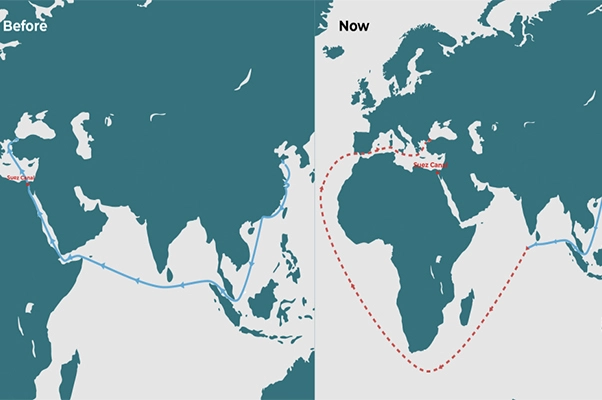+
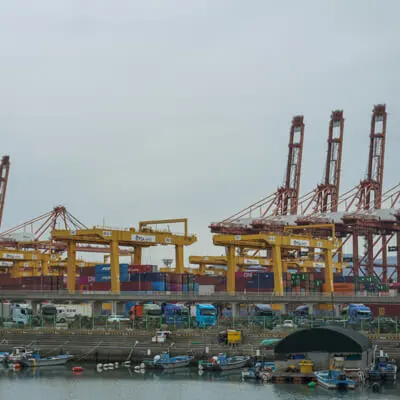
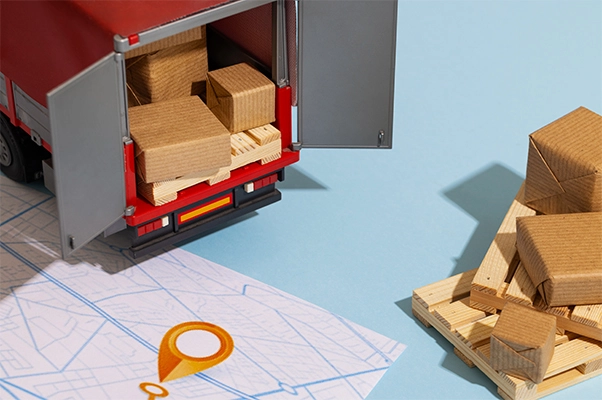
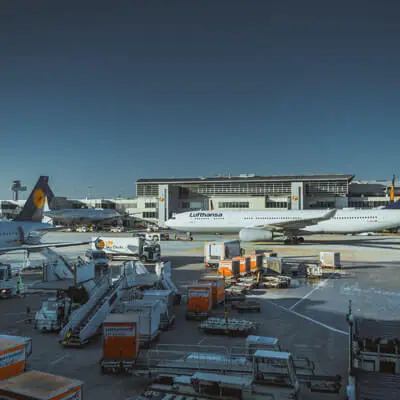


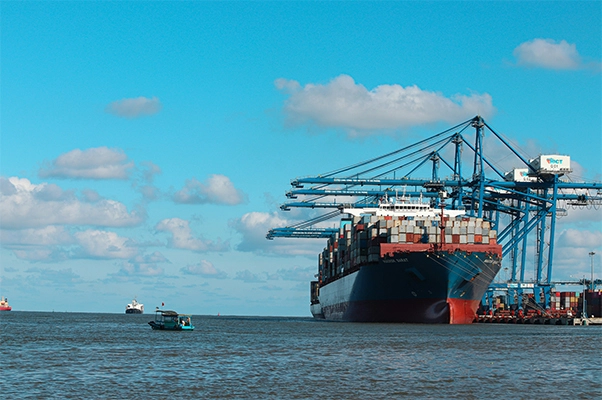
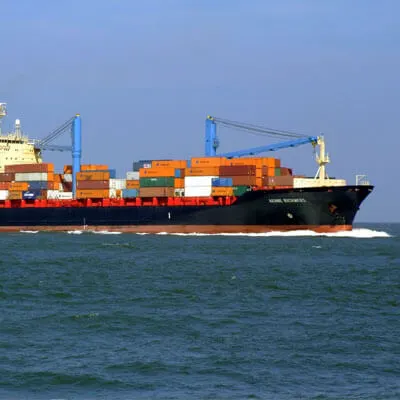
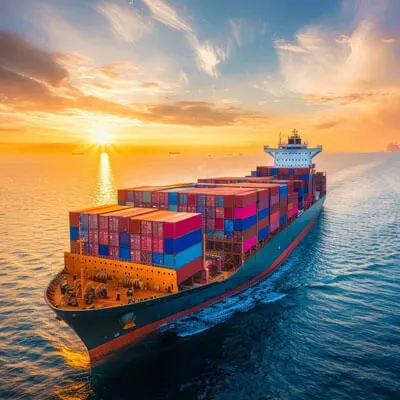
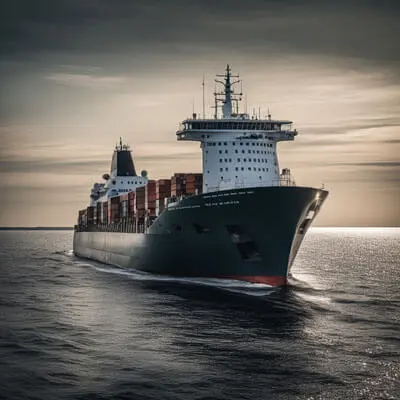
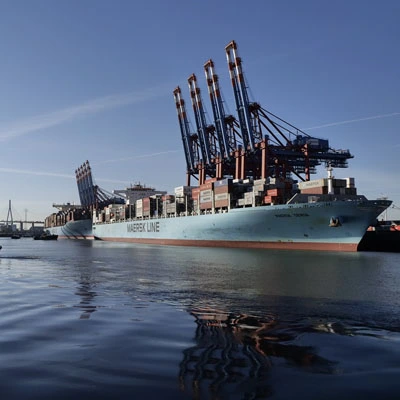
DAT - Delivered at Terminal
The seller delivers the goods (unloaded) to the import port, and the buyer is responsible for the cost and risk of the goods from that point on. The seller takes on all risks or costs associated with the goods until they reach the import port. Then, the buyer pays for imports and customs.
DAP - Delivered at Place
The seller delivers the goods to the buyer's final destination. The seller assumes all risks with the shipping and either loads or pays a third party to load the goods for shipment. The buyer is only responsible for paying the customs fee and clearing the goods for import. The buyer also pays to unload the goods at the final destination.

